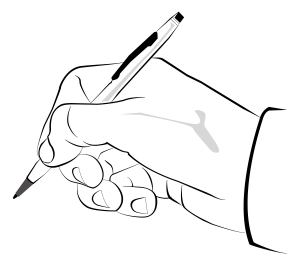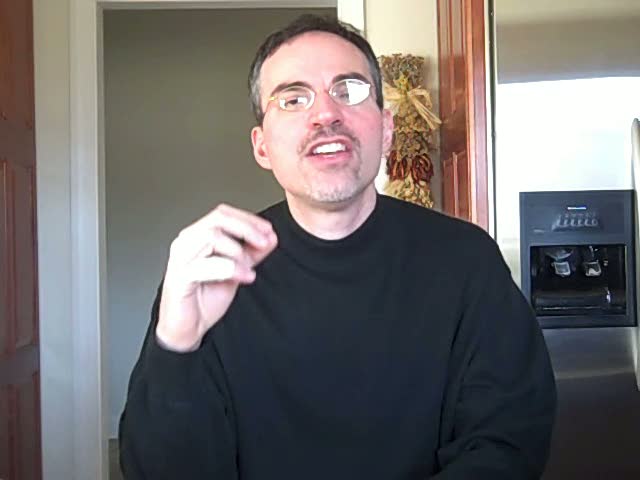The First of Its Kind
Everyone knows how important an elevator speech is to a business. The right speech gets people excited about what the business can do for them. The wrong one makes them yawn.
A snappy attention-getting elevator speech doesn’t just work for a business. If you’re an author, you need a speech to describe your book, too.
A few years ago, the great Mac King and I co-wrote a book called “Tricks With Your Head.” How do I describe it? This way:
“Tricks With Your Head’ is the first of its kind: a book of magic tricks where the human head is the main prop in every trick. Readers learn how to stab a fork in their eye until it pops, suck a French fry up their nose, and read people’s minds with a drinking straw.”
From the twelve second speech, listeners immediately get a feel for the book’s premise and tone, and understand the kind of things they’ll learn from it. A lot is accomplished in a few sentences.
 A key to that speech is its opening: The book “is the first of its kind.” That phrase opens listeners’ ears and piques their curiosity. We all want to hear about firsts and distinctions.
A key to that speech is its opening: The book “is the first of its kind.” That phrase opens listeners’ ears and piques their curiosity. We all want to hear about firsts and distinctions.
If you’re positioning a book (or yourself or a company or a cause), a good exercise is to scour your material for slants that might make it “the first of its kind.” Ask yourself questions like the following:
Does my book speak to an audience that’s been ignored? Does it name a concept that’s never been named? Does it explain a methodology that’s brand new? Does it combine ideas that have never before been combined? Does it tell a story no one has ever heard?
If a first jumps out at you, use it. If one doesn’t, consider revising it until a first appears.
Your book doesn’t have to be “the first” to do anything. Working to make it so, however, may help you build a work that stands out from the pack.
My challenge to you, then, is to look over the book you’re writing — or thinking about writing — and ask yourself:
- What are all the ways my book is a first?
- What are all the ways I can convert it into a first?
(By the way, if you’re interested in understanding why being first in people’s minds is important, do yourself a favor and read any book written by Al Ries and Jack Trout. The work of these men on positioning is astonishingly valuable.)






